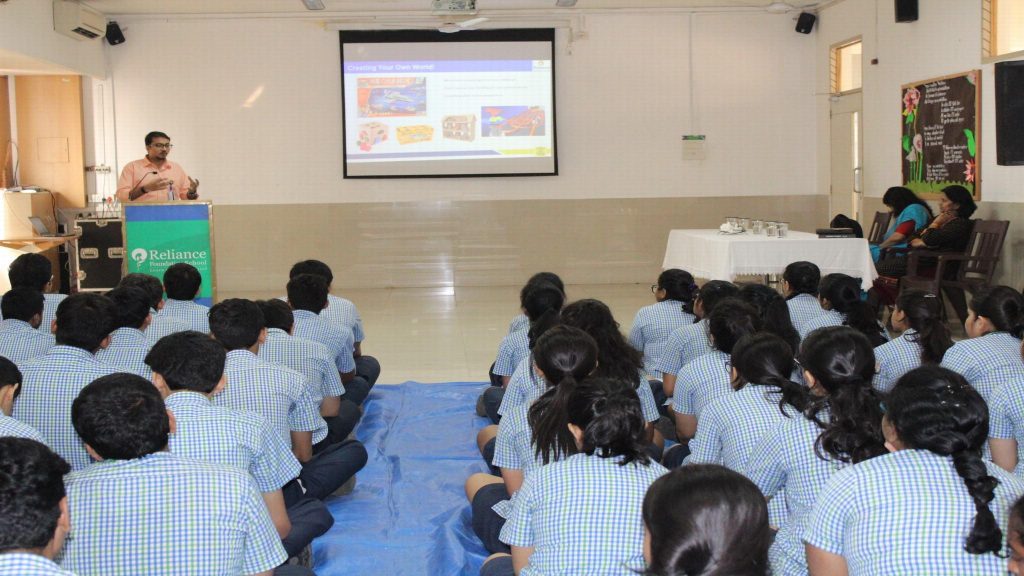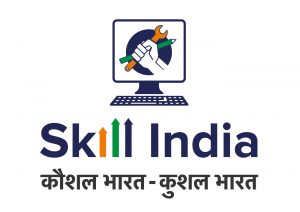The world has always viewed India as a mystical, enigmatic land through stereotypes of snake charmers, cows on roads, abject poverty and what not. While some of it might have been true decades ago, the picture on the ground is rapidly changing. With respect to Additive Manufacturing (AM) however, much of the mystery remains. Apart from the one or two minor updates we keep reading about, there isn’t anything big or glamorous coming out of India. Let us take a look at what might be going on behind the curtains and the reason behind this lack of updates.
Primarily, one of the most significant factors for this “dead zone” of activity as such, is because the rate of adoption of (any) technology is a bit slow in India. If you were to refer to Everett Rogers’ ‘Diffusion of Innovation’ curve, you would find India on one of the highest points of the ‘Late Majority’ section. Many people are working towards eliminating this inertia by conducting 3D Printing workshops and classes for school/college students.

People exposed to technology at an early age are usually much better at utilizing it fully. As AM is pretty much in its nascent stage (as far as manufacturing technologies go), there still is enough time for India not just to catch up, but lead the world by focusing on developing the next generation of leaders.
The other reason is a governmental push, or the lack thereof. The current government has taken some commendable steps in pushing for manufacturing with projects such as Prime Minister Narendra Modi’s pet project ‘Make in India’, and the country has seen significant improvements in its ‘Ease of Doing Business’ rankings.

However, bureaucratic procedures are still a big obstacle to faster adoption & implementation. There are a few incentives such as R&D tax rebates (up to nearly 100% if used for ‘x’ number of years); however, the tax man is waiting right around the corner with a heavy club, dare you make a single mistake. Obviously, this needs to be eased up by reducing the red tape and creating an enabling tax system, rather than a punishing one.
Another commendable measure is the capping of prices in the medical sector for generic drugs and items such as cardiac stents, along with Ayushman Bharat (aka ModiCare), a healthcare scheme for over 100 million poor & vulnerable families. However, no medical insurance for AM implants/tools/guides, etc. means doctors are unwilling to transfer the high costs to the patients, most of whom were unable to afford even regular practices. The hope is that schemes such as Ayushman Bharat will in the future cover this technology as well.
One fact which is well known about India is that it is a price sensitive market. Higher pricing structures for machines/materials in India makes the entry point more expensive than others. Speaking from a service bureau point of view, when you have systems from companies which are close looped, you are forced to price your services at a premium. Although the offering might be unique to the market, because the price is higher than the next best offering, customers would prefer the second option and try to achieve the desired result with manual post processing. This might seem complicated & expensive, but what the reader should take note of, is that manual labour is very cheap in India, as it is in most Asian countries. While the prices might be justifiable in Western countries due to lack of cheap human resources, keeping the same prices will not work in India.
Moving on to people who are already in the industry or are on the verge of entering – the novelty, agility, and flexibility of the technology has left people wondering where this fits in their company/system. A lot of people try to use the technology as a solution for all their problems, only to discover that a square peg does not fit into a round hole. It is then back to the drawing board for them. Additionally, a sudden rise of experts all around has confused the fence-sitters as each new person they speak to has strong but different opinions of their own.
India’s most prominent companies have taken note of AM and have started doing their own research into this sector. However, most of them are only doing a reconnaissance for now and are not keen on starting anything immediately. As the world’s largest democracy faces its general elections, everyone is waiting for the dust to settle before making any big announcements.
Among the people who have entered as service bureaus or have the technology in their R&D departments, some have had the rather unfortunate experience of dealing with systems they do not understand, leading them to purchase expensive printers, which later on turn out to be utterly useless or costly for them. They slowly stop using these services, leading to a decline in the promulgation of the technology. Some have also had the misfortune of doing business with someone who is more interested in selling his machine/material, than catering to the actual needs of the client. This leads the client to believe that there is something wrong with the technology and that the whole thing is a sham.
 Another somewhat contrasting point is that there is a dearth of skilled labour. While manpower is readily available, getting experienced designers, engineers, etc. is a challenge. Alternatively, there is an excellent opportunity for educational organizations to start their business in India, offering training on designing, coding, machine operation/optimization, etc. An initiative by the Govt. of India for this problem is “Skill India” which aims to train over 400 million people in India in different skills by 2022. This workforce can then also be hired by Western countries which would help them reduce their costs.
Another somewhat contrasting point is that there is a dearth of skilled labour. While manpower is readily available, getting experienced designers, engineers, etc. is a challenge. Alternatively, there is an excellent opportunity for educational organizations to start their business in India, offering training on designing, coding, machine operation/optimization, etc. An initiative by the Govt. of India for this problem is “Skill India” which aims to train over 400 million people in India in different skills by 2022. This workforce can then also be hired by Western countries which would help them reduce their costs.
And lastly, for a technology like AM to work in its full capacity, an ecosystem needs to be developed, which currently has not yet been nurtured. The ecosystem exists, but is fragmented and needs to be brought together.
To summarize, advancements are being carried out in AM in India, although they are not always published. Aerospace, automotive, medical, dental, tooling, will be the key sectors changing the manufacturing scenario here and the next 5 years are the most crucial for the growth of AM in India. A strong support system from the big players in the Indian corporate team and the government will ensure India, which has lost out on the previous industrial revolutions, will move from the ‘late adopters’ to the ‘leaders’ category within the next decade.
Sumedh Habbu is a technophile and a budding writer. He is a passionate believer in the power of Additive Manufacturing and an active member of the Indian AM industry. Sumedh is a Business Development Manager in the 3D Printing Division at Reliance Industries Ltd. The views expressed in the article are the author’s personal views.
Subscribe to Our Email Newsletter
Stay up-to-date on all the latest news from the 3D printing industry and receive information and offers from third party vendors.
Print Services
Upload your 3D Models and get them printed quickly and efficiently.
You May Also Like
Titomic Opens New U.S. Facility in Huntsville to Boost 3D Printing for Defense
Australian company Titomic (ASX: TTT) has expanded into Huntsville, Alabama, opening a new U.S. facility that brings its advanced metal manufacturing technology closer to key defense and aerospace hubs. The...
3D Printing News Briefs, May 31, 2025: Project Call, Consortium, Certification, & More
We’re starting with the latest America Makes Project Call in today’s 3D Printing News Briefs, and a consortium to promote the adoption of additive manufacturing has been founded in Spain....
3D Printing News Briefs, May 24, 2025: Commercialization, Acquisition, & Facilities
We’re all business in today’s 3D Printing News Briefs! Titomic and nuForj have announced a strategic partnership, and AMETEK is acquiring FARO Technologies. CDG 3D Tech opened an Additive Manufacturing...
3D Printing News Briefs, May 21, 2025: Medical Training Models, Connectors, Makerspace, & More
We’re starting with research and medical in today’s 3D Printing News Briefs, as a research team from Caltech is using sound to 3D print deep inside living tissue, and rural...

































